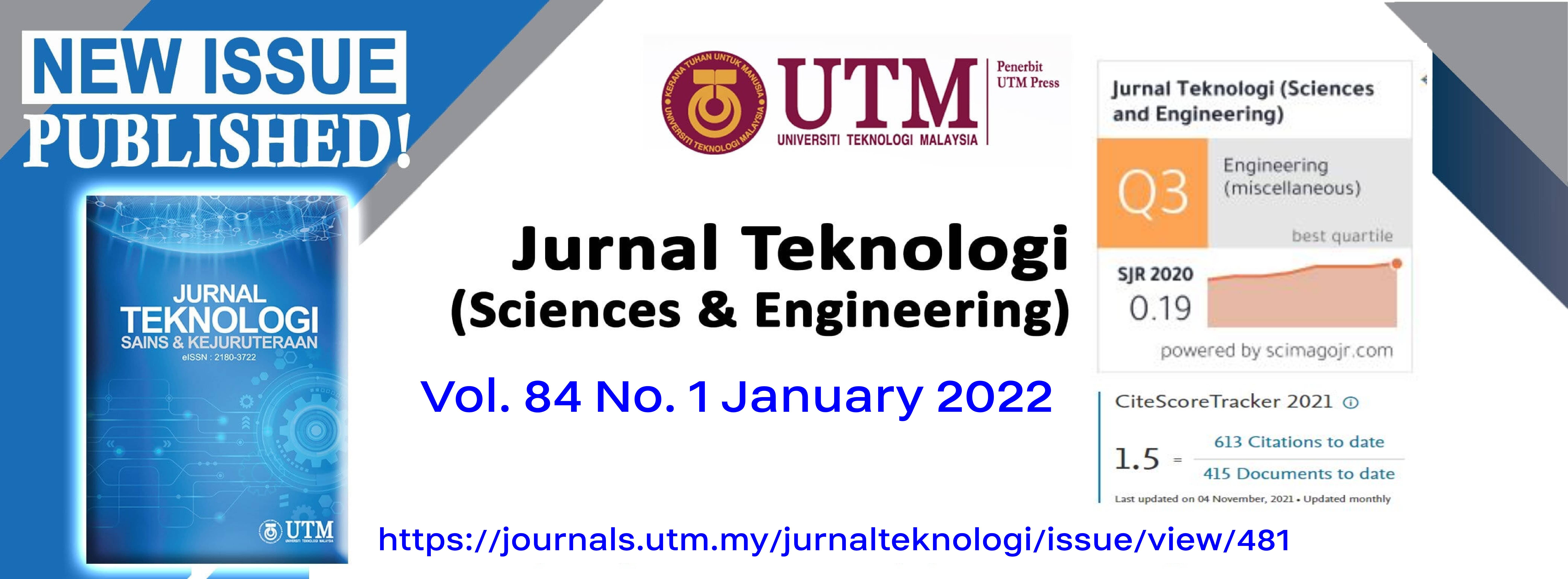PHYSICOCHEMICAL AND SENSORY CHARACTERISTIC OF STARFRUIT-RED GUAVA FRUIT LEATHER AS AFFECTED BY THE ADDITION OF ARABIC GUM
DOI:
https://doi.org/10.11113/jurnalteknologi.v84.16642Keywords:
Arabic gum, fruit leather, physicochemical properties, sensory properties, starfruit and guavaAbstract
Fruit leather is one of the processed fruit products. It’s shaped similar to thin sheets that can be rolled, has an elastic texture, and has a specific flavour. One of the suitable fruit that can be processed to fruit leather is starfruit and guava. The aim of this research was to study the physicochemical and sensory characteristics of the fruit leather made from starfruit (Dewa variety) and guava which were added with Arabic gum with different concentration (0%, 0.5%, 1%, 2%, and 2.5%). Data were analyzed by analysis of variance (ANOVA) at α = 0.05. The result showed that the addition of Arabic gum had a significant effect on tensile strength, water, ash, vitamin C content, and pH value, but it did not has a significant effect on crude fiber, water activity content, total bacteria, and total yeast and mold. While the addition of Arabic gum had a significant effect on color and texture sensory test. The best fruit leather was determined based on the physicochemical and sensory test, and it showed that the addition of 0.5% Arabic gum was the best. Characteristics of the best starfruit and guava fruit leather were tensile strength value 437.38 gf, water content 7.38%, ash content 2.02%, vitamin C content 77.08%, crude fiber content 1.85%, pH value 4.22, water activity value 0.48 , total bacteria < 2.5 CFU/g, total yeast and mold < 1 CFU/g with golden yellow color, slightly strong starfruit aroma, strong starfruit flavor, and elastic fruit leather texture.
Downloads
Published
Issue
Section
License
Copyright of articles that appear in Jurnal Teknologi belongs exclusively to Penerbit Universiti Teknologi Malaysia (Penerbit UTM Press). This copyright covers the rights to reproduce the article, including reprints, electronic reproductions, or any other reproductions of similar nature.
















